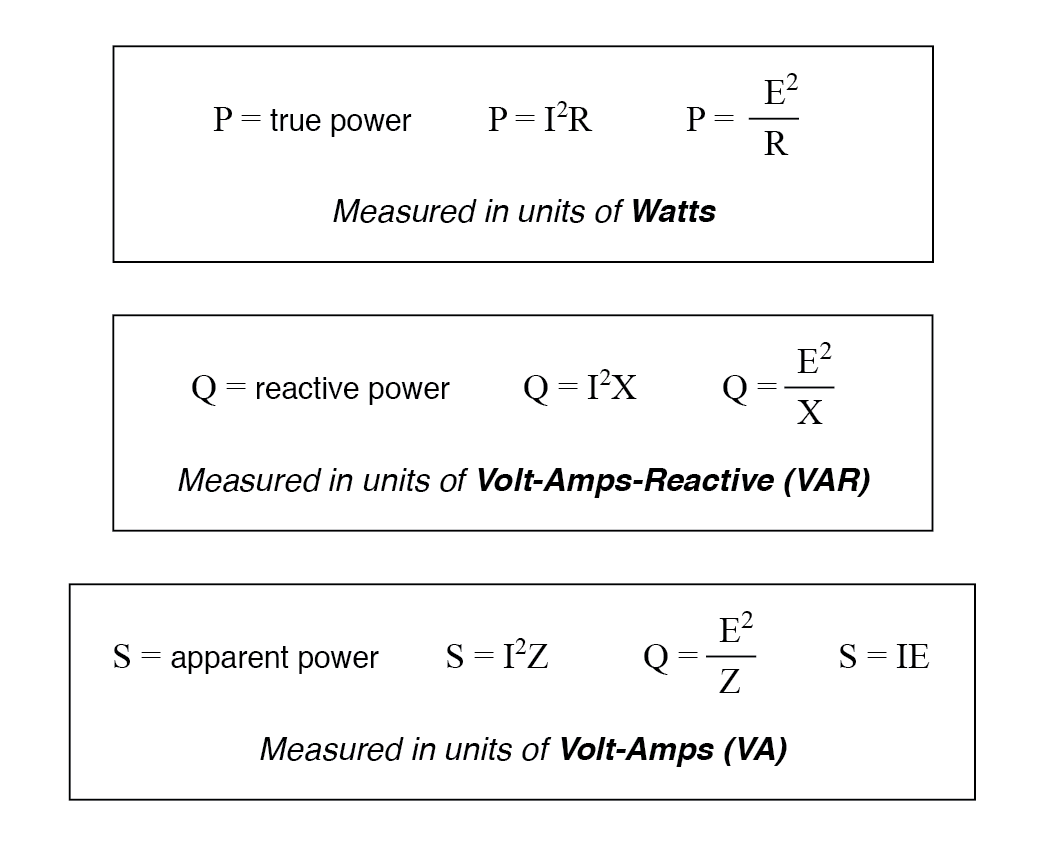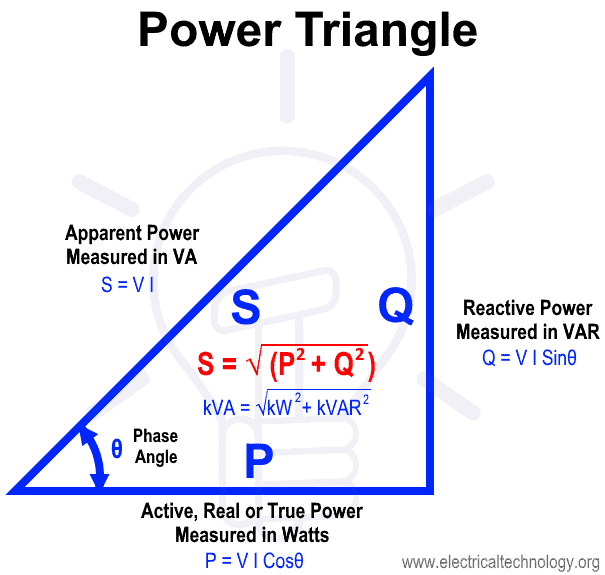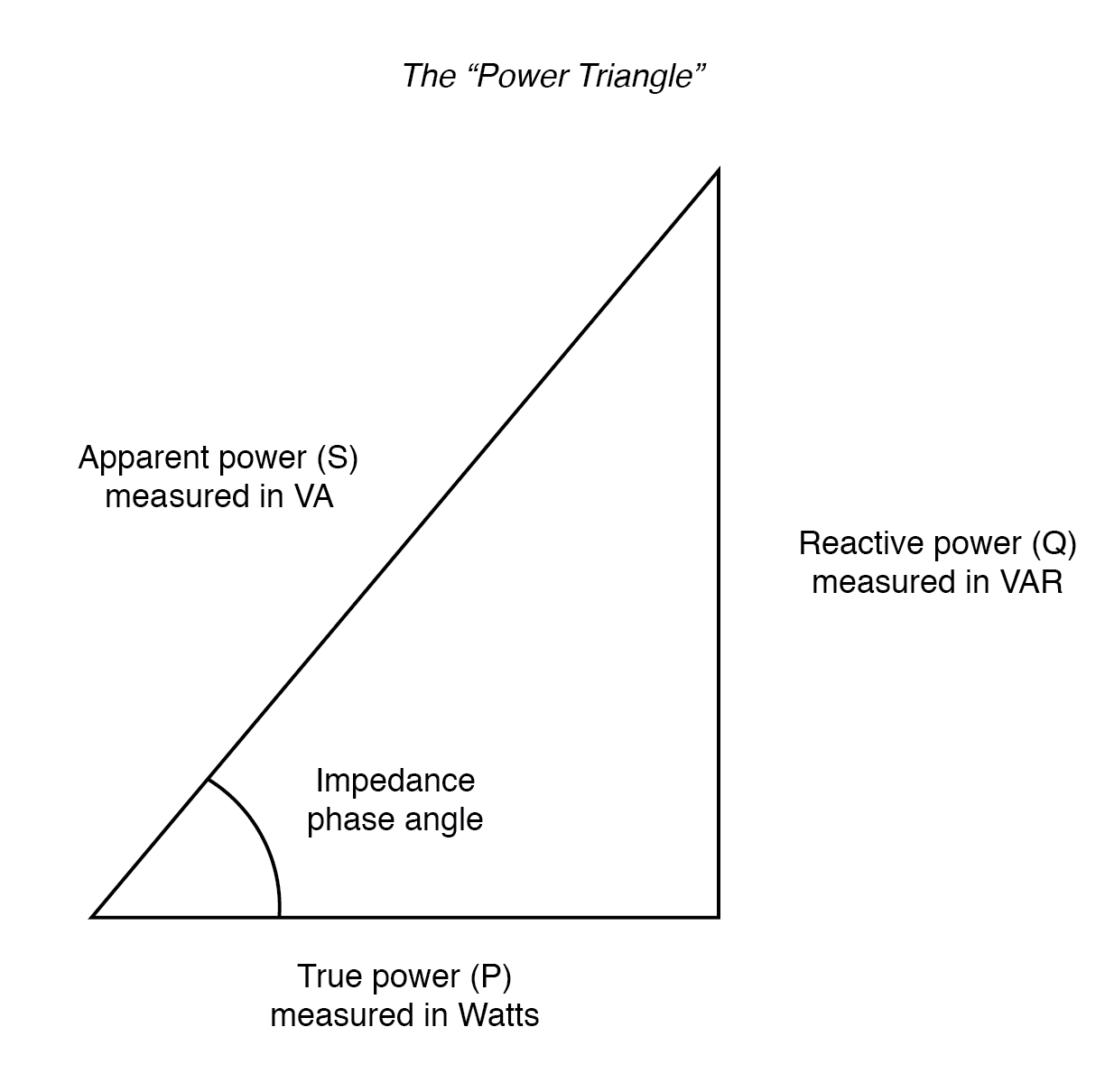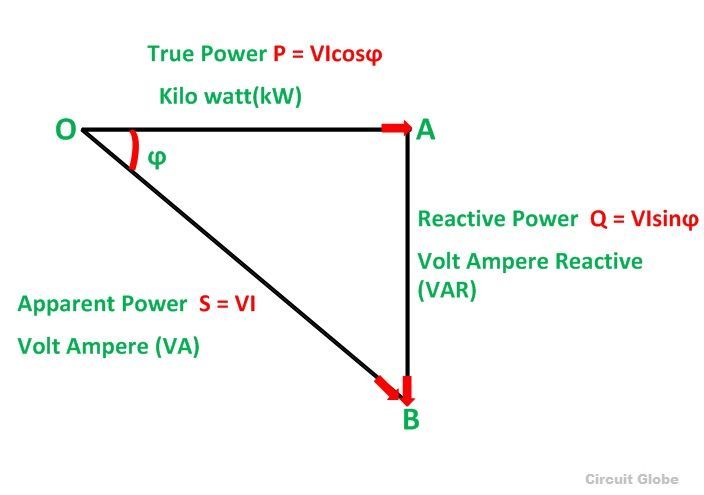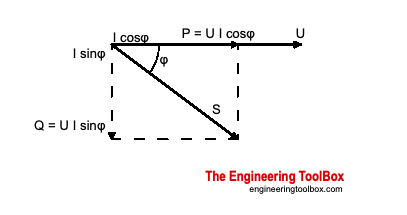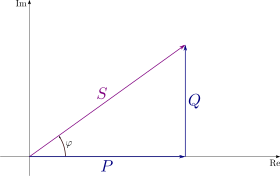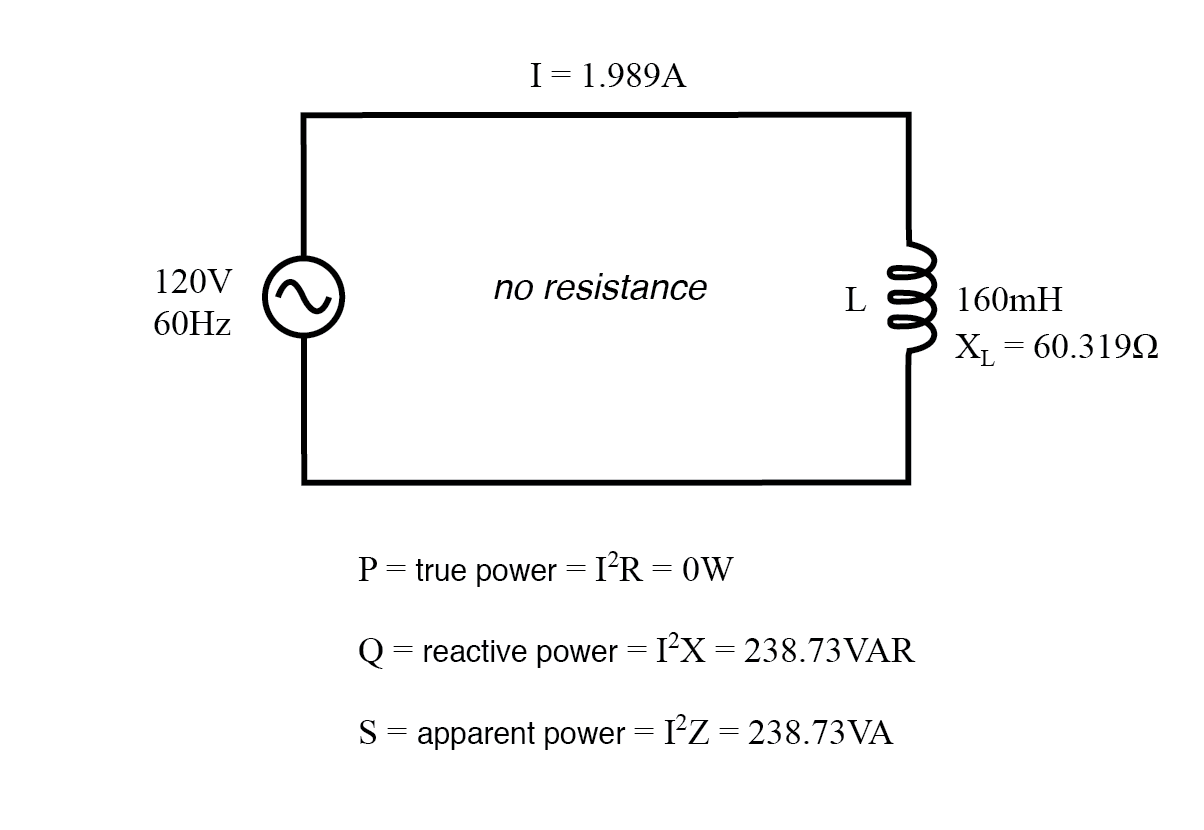P Q S Power Formula
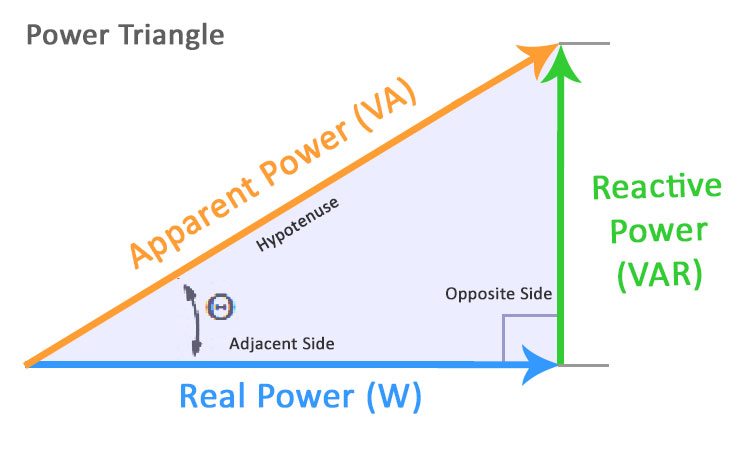
The actual amount of power being used or dissipated in a circuit is called true power and it is measured in watts symbolized by the capital letter p as always.
P q s power formula. 2 how much energy is used by a 60 watt light bulb that has been left on for eight hours. The mathematical symbol for reactive power is unfortunately the capital letter q. You will see in a minute why the number of members is a power of 2. In ac circuits the power factor is the ratio of the real power that is used to do work and the apparent power that is supplied to the circuit.
The complex sum of real power p and reactive power q is known as complex power which can be expressed like s p jq and measured in terms of volt amps reactive generally in kvar. P is the real power in watts w. P 2 q 2 s 2. In the diagram p is the active power q is the reactive power in this case positive s is the complex power and the length of s is the apparent power.
Finally the power can be determined by dividing this total work value by the time required to do the work. Reactive power does not do any work so it is represented as the imaginary axis of the vector diagram. Work done w 300 j time taken t 10 s. The time is 8 hours or 8 hours.
The power can be found using the formula. The power of the light bulb is given as well as a time interval. The real power p and reactive power q give together the apparent power s. The power formula is used to compute the power resistance voltage or current in any electrical circuit.
The power required to raise the elevator was 19000 watts which is equal to 19 kw. And here is the most amazing thing. P s 2 n 2 5 32. When all the power is reactive power with no real power usually inductive load the power factor is 0.
S is the apparent power in volt amper va v rms is the rms voltage v peak 2 in volts v i rms is the rms current i peak 2 in amperes a real reactive apparent powers relation. The solution goes as follows. For the set s 1 2 3 4 5 how many members will the power set have. An electric machine makes use of 300 j of energy to do work in 10s.
This provides a simple formula for the mechanical advantage of the system. P 19000 w. How much power does it use. P 19 kw.
The standard metric unit of power is the watt. If a mechanical system has no losses then the input power must equal the output power. It may also be expressed as s vi where i is the conjugate of the complex current i. The power factor can get values in the range from 0 to 1.
Where p is pressure in pascals or n m 2 and q is volumetric flow rate in m 3 s in si units.
